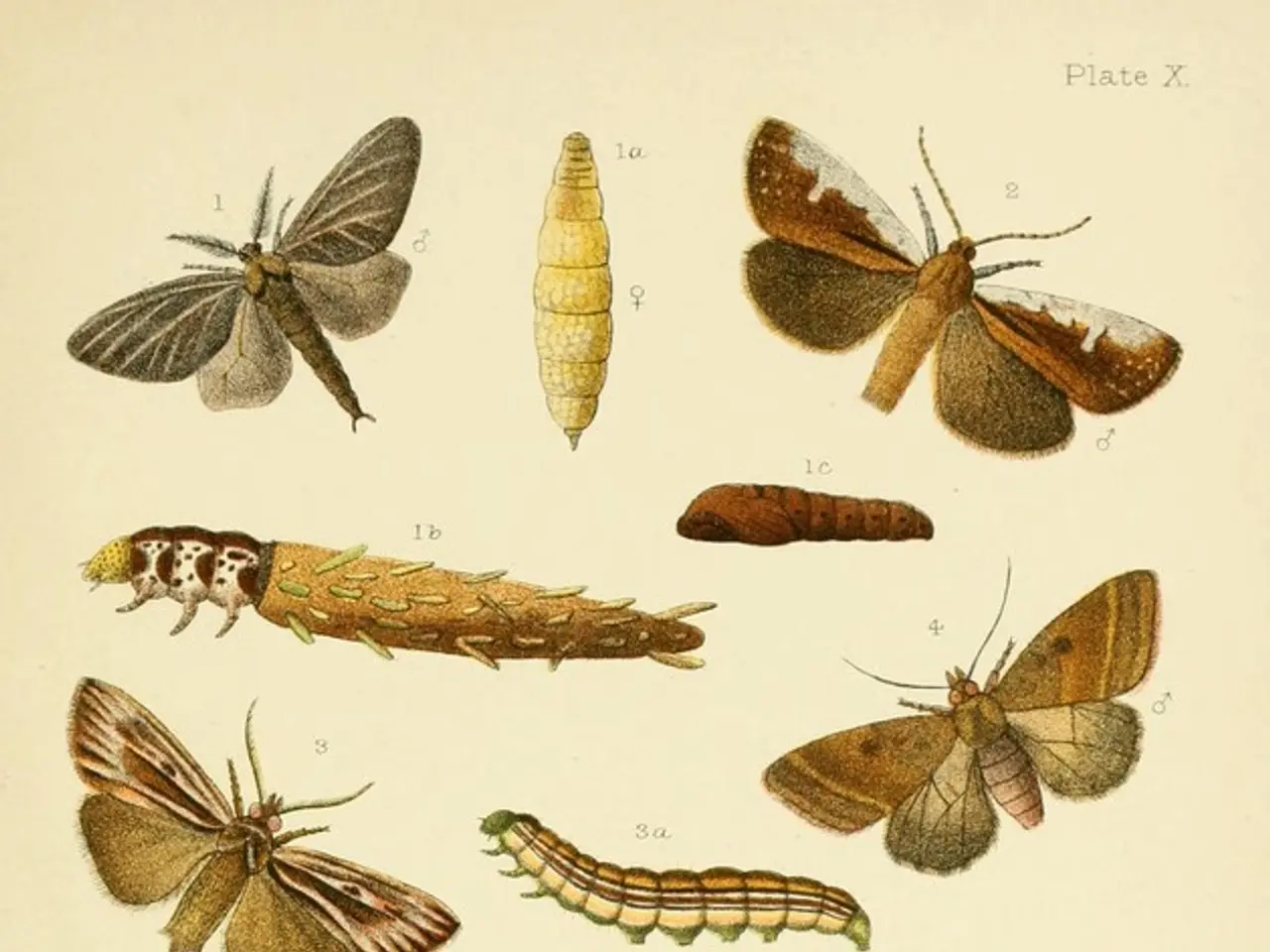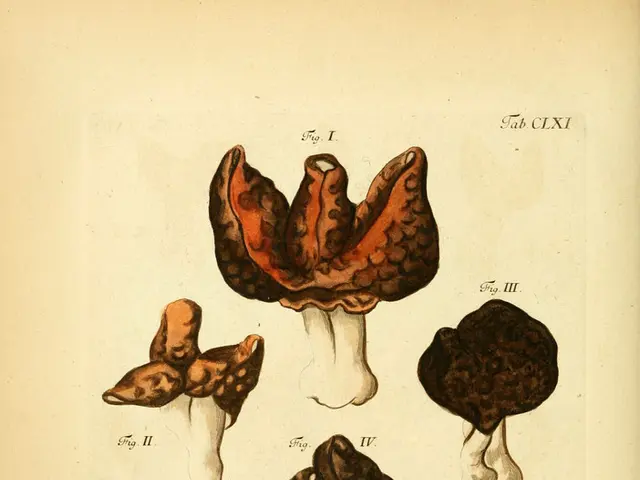Plague returns to threaten Braunschweig once more!
In the city of Braunschweig, Germany, authorities are taking decisive action against the oak processionary caterpillar (Thaumetopoea processionea), a notorious pest that poses health risks to both humans and animals. The focus of the preventative measures and treatment options is twofold: minimising health risks and controlling the caterpillar population to protect oak trees.
Preventative Measures
The city's strategy encompasses a variety of methods, including environmental traps, biological controls, organisational measures, public awareness, and warnings. One innovative approach involves placing black bags around oak trees, which use pheromones to lure caterpillars inside a dark chamber, causing them to dry out under the sun and leading to their demise without the use of harmful chemicals.
Another method employs the application of natural agents such as Bacillus thuringiensis at an early caterpillar stage, which biologically reduces their numbers by infecting and killing them. Authorities may also seal off infested areas or trees to prevent public exposure and limit caterpillar spread. Municipalities issue warnings to inform residents to avoid contact with caterpillars or their hairs, reducing exposure risks.
Given the caterpillars’ irritating hairs that can become airborne, it is advised to keep a safe distance from infested oak trees and nests, especially during peak seasons (May to July).
Treatment Options for Health Effects
If contact with caterpillar hairs causes skin rashes or irritation, topical antihistamine creams can be used to alleviate symptoms. In cases of serious allergic reactions or respiratory problems caused by the caterpillar’s toxic hairs, professional medical treatment is necessary. Pet owners should keep their dogs away from affected areas, as the caterpillar hairs are toxic to them and can irritate their eyes and throat. If exposure occurs, veterinary care should be sought.
In Braunschweig and similar areas, an integrated management approach involving physical traps, biological agents, public education, and careful medical handling of symptoms forms the best approach to preventing and treating oak processionary caterpillar problems. Nests found around schools, kindergartens, hospitals, nursing homes, etc., will be removed within 24 hours, and in residential areas and similar areas, removal is planned within a 48-hour window. Only affected oaks should be reported, not other trees.
Residents are urged to report any sightings of oak processionary caterpillars to the City of Braunschweig via phone or email. The nematodes used are species-specific and harmless to humans. Preventive treatment with nematodes will be conducted in heavily affected areas during the first half of May. It is essential to remember that there is a risk of confusion with harmless caterpillars or case-bearers, which do not build nests.
By taking these preventative measures and treatment options, the city of Braunschweig aims to protect its residents, pets, and oak trees from the harmful effects of oak processionary caterpillars.
- To enhance workplace-wellness and health-and-wellness, employees could be educated about the risks of oak processionary caterpillars and how to avoid them during their outdoor activities in Braunschweig.
- The city's approach to the oak processionary caterpillar issue could serve as a model for workplace-wellness programs, integrating environmental science, fitness-and-exercise, and mental-health awareness.
- In addition to skin-care products for caterpillar hairs exposure, substance-specific nematodes treatments could also be included in the environmental-science and health-and-wellness section of therapies-and-treatments catalogs.
- Nutritionists may advise their clients in Braunschweig to consume antioxidant-rich foods, as diets rich in antioxidants could help improve overall mental-health and protect the skin from potential irritants such as oak processionary caterpillar hairs.
- Addressing the oak processionary caterpillar problem through a combination of environmental-science, health-and-wellness measures, and climate-change mitigation strategies could inspire future collaborations in academia and industry, pursuing joint research and development of sustainable solutions benefiting both the environment and human health.







